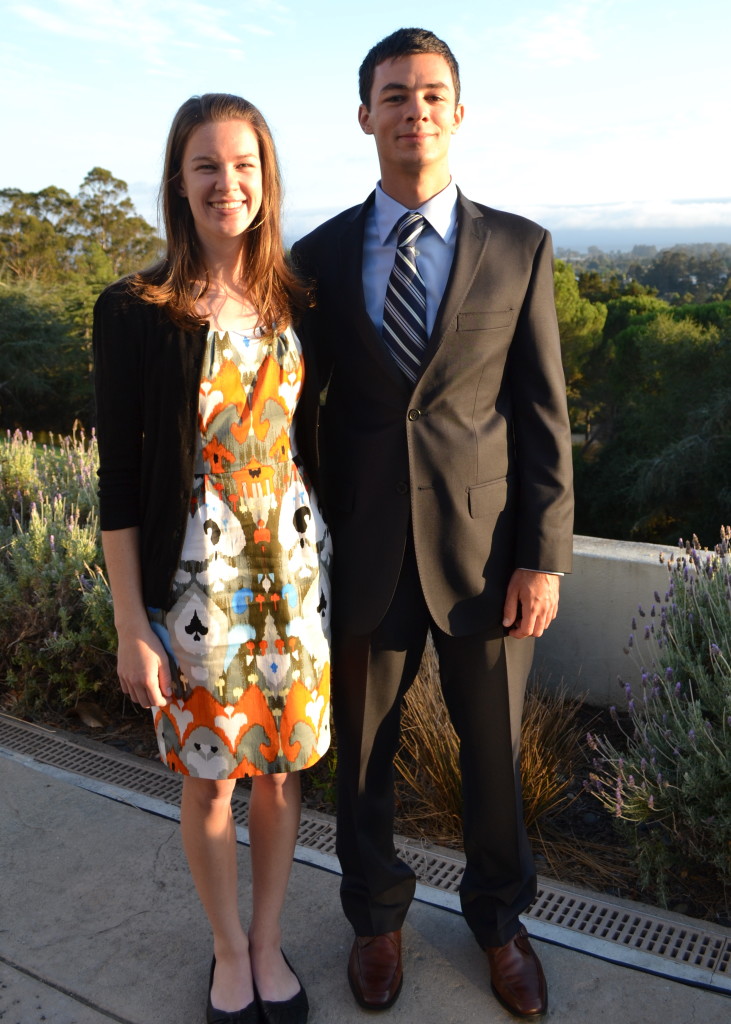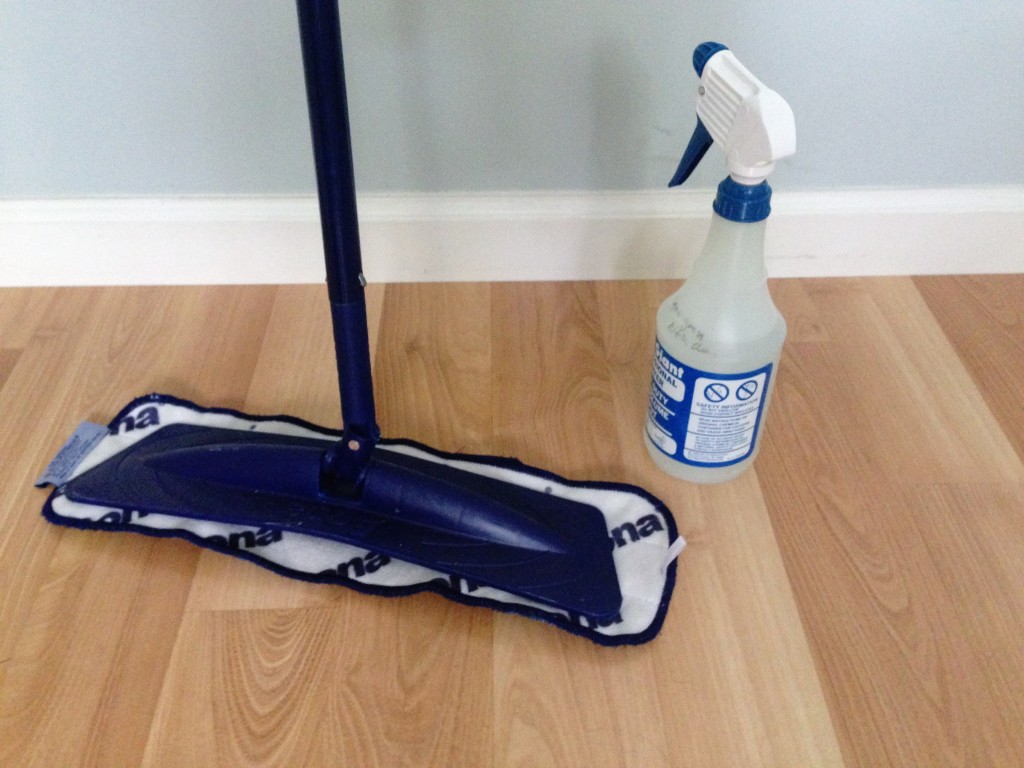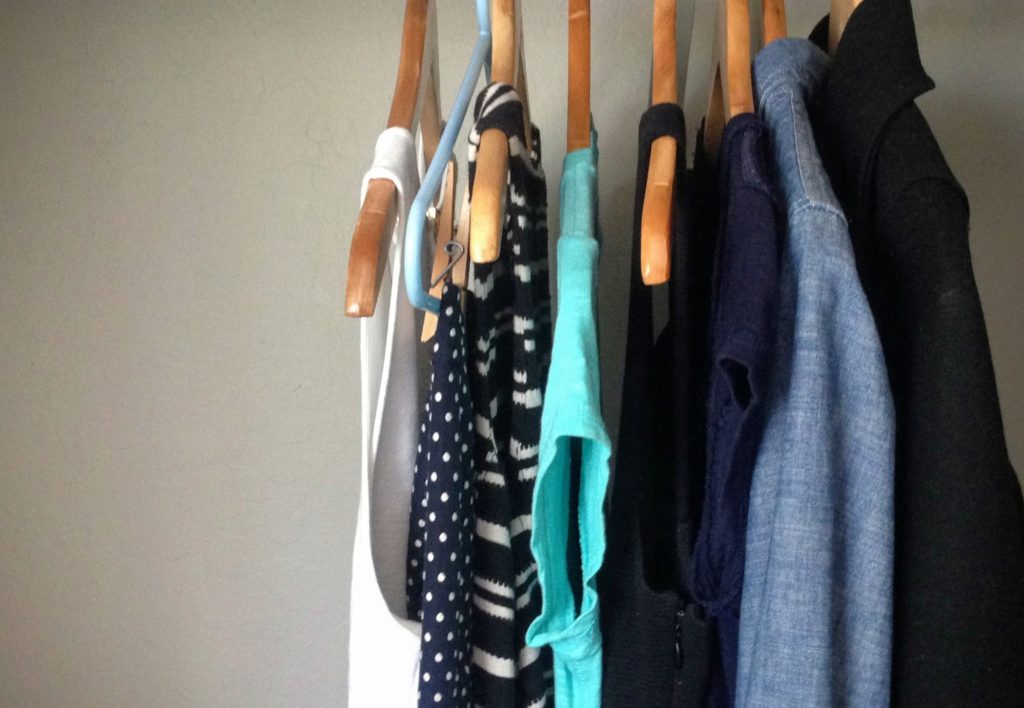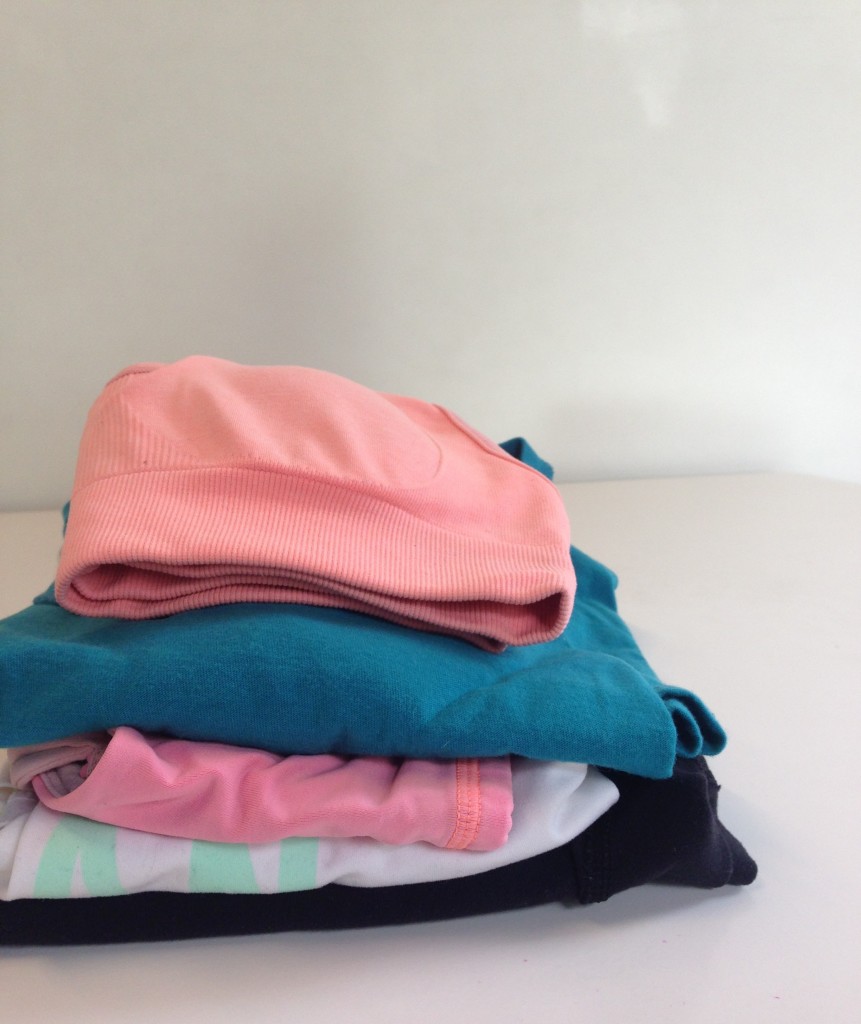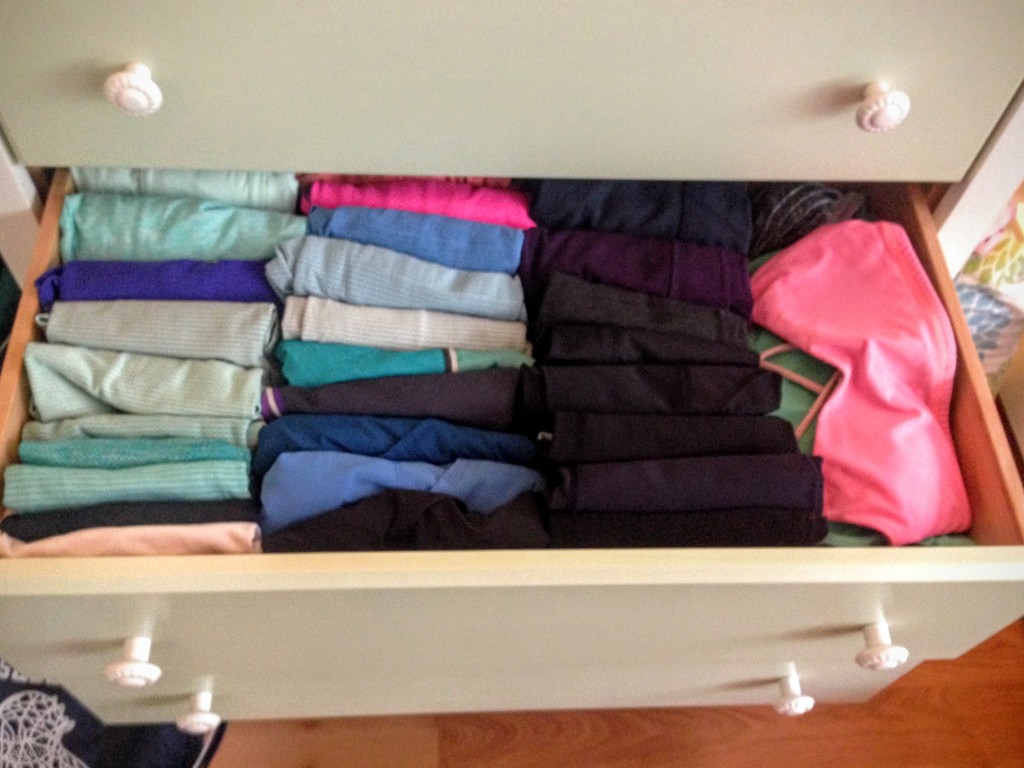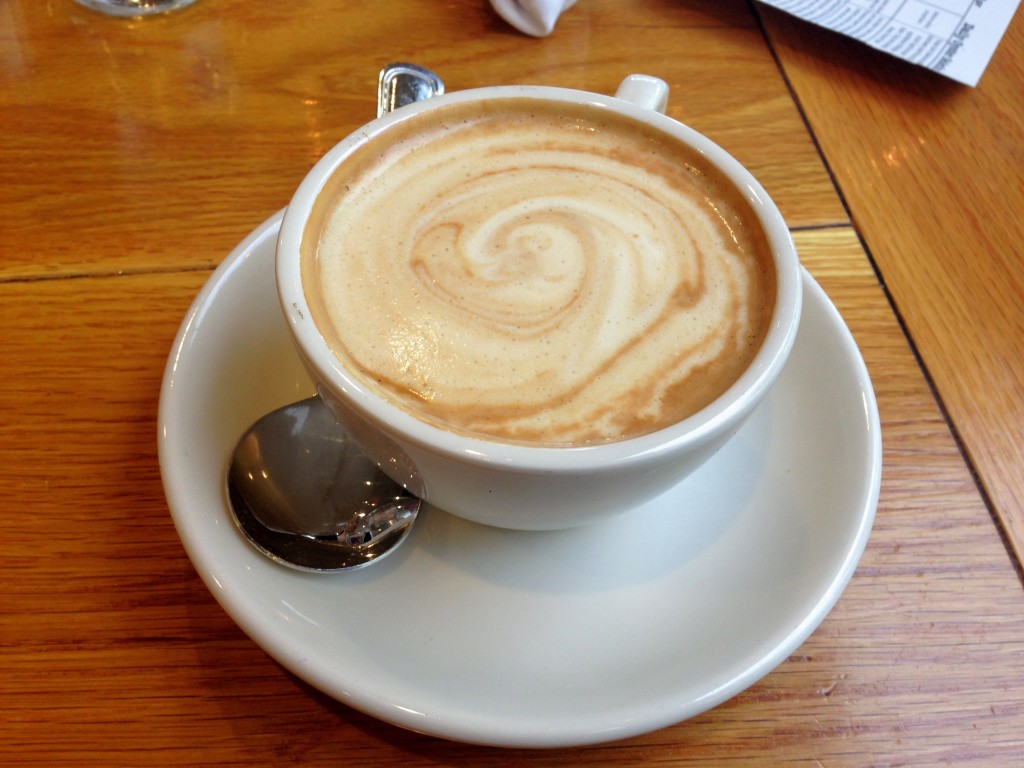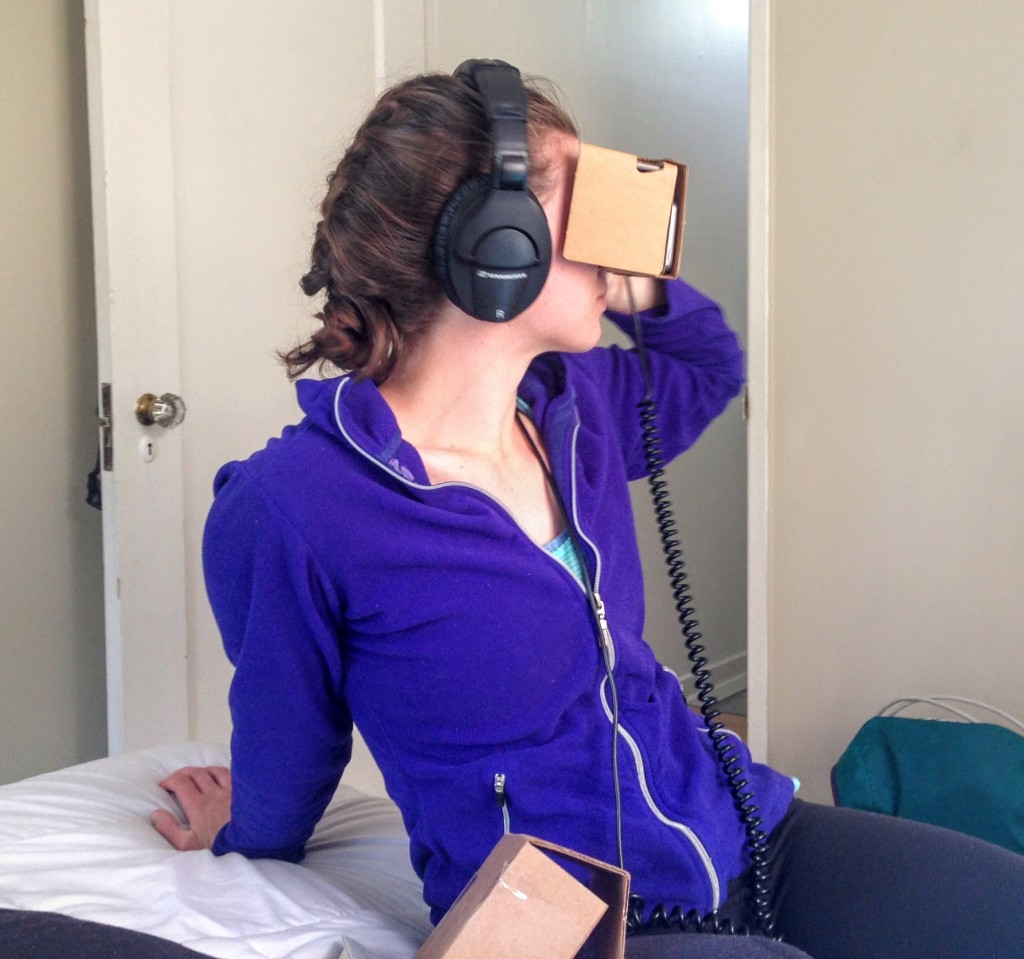The Pomodoro Technique completely changed the way I work and organize my time.
I started using the Pomodoro Technique without any research or real understanding. I had read a piece from Zen Habits about setting a timer and working for the entire time. When I was playing with the idea a coworker introduced me to the Pomodoro Technique. Built in breaks?!? I was sold.
My productivity increased greatly! It was easier for me to end procrastination and tackle difficult tasks with the timer ticking. Even the most challenging thing on my to-do list doesn’t seem so bad if I only have to do it for 30 minutes. Of course most tasks take more than that, but mentally it’s easier to handle.
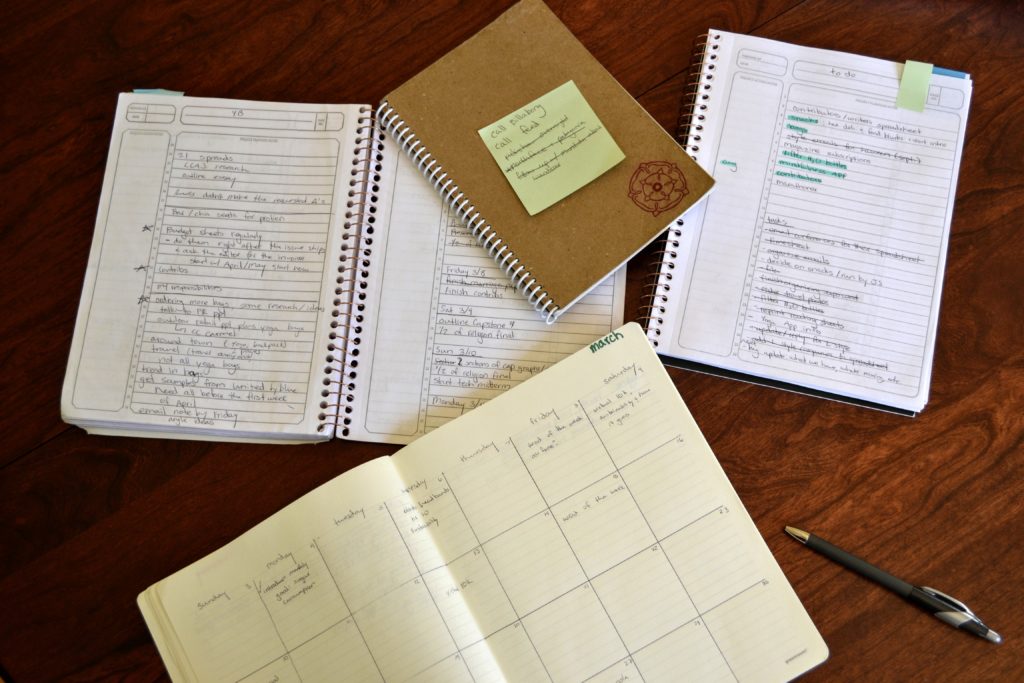
8 Tips to Increase Your Productivity
1. Stay on task. It’s so tempting to jump around your to-do list or get stuck in your inbox. But when the timer is running, you are only doing one task at a time. I frequently move the tab or application I am working in to its own desktop so I can’t be tempted to play in other tabs. It’s only 25 minutes. You can stay focused for that long.
2. No cheating. No pausing your timer so you can surf the web or otherwise procrastinate. I will, however, pause for bathroom breaks. When you are on your third liter of water for the day, waiting for 20 minutes can get dicey.
3. Keep the momentum going. It feels great to finish 25 minutes of an uninterrupted task. It feels even better when you finish the day with five or six solid sessions.
4. Respect the breaks. When it’s five minutes, don’t take 30. On the other hand, when I’m in the flow I will often skip the breaks and go straight into the next session. This is great for writing or staying on task, but eventually I burn out. Keep track of how many breaks you skip and reward yourself at the end with the total (skip three breaks, enjoy 15 minutes of free time).
5. Tell people about it. No, I don’t mean try to convert everyone, but letting your coworkers or family know that you are working for an intensely-focused 25 minutes at a time can help prevent distractions. Make it clear that when you are working or you put up some sort of signal like headphones you are not to be interrupted. It can be a bit of an awkward conversation, but explaining how much your productivity has increased and how it makes you more focused on the task at hand can go a long way.
6. No phone. Turn all the noises and bright flashes off. Put it in the drawer. Whatever it takes. No phone, no texting, and definitely no social media. Everyone that I normally text with throughout the day knows that I might not respond for 30 minutes or so. Or more because I’m terrible at checking my phone.
7. Schedule. Block off your calendar for uninterrupted blocks in the length of your Pomodoro session. It takes a little while to know exactly how much time specific tasks will take you, so be generous when you are first starting out.
8. Make it work for you. The Pomodoro Technique is meant to help you stay focused and get your work done. If you work better in 45 minute bursts with 15 minute breaks, do that! If you need shorter chunks later in the day, go for it.
While the traditional method is 25 minutes of work and a five minute break in between, I changed my timer to 30 minutes of work with a five minute break. I track my time for freelance projects, and trying to tally up a hoard of 25 minutes was a severe pain.
Resources
I use the free Pomodoro One timer on my computer. It’s also a phone app. I like that it has the time increments built in and it tracks my sessions. I’m much more honest with the app than with a plain timer I’m setting myself.
This video breaks down how it works. I love their six objectives and how to customize the Pomodoro Technique to fit you and your work/study needs.
Any timer works. However, I would recommend not using your phone – it’s too tempting to read your message or notifications when you are checking to see how much time you have left. Tim Ferriss notoriously uses a plain kitchen timer.





